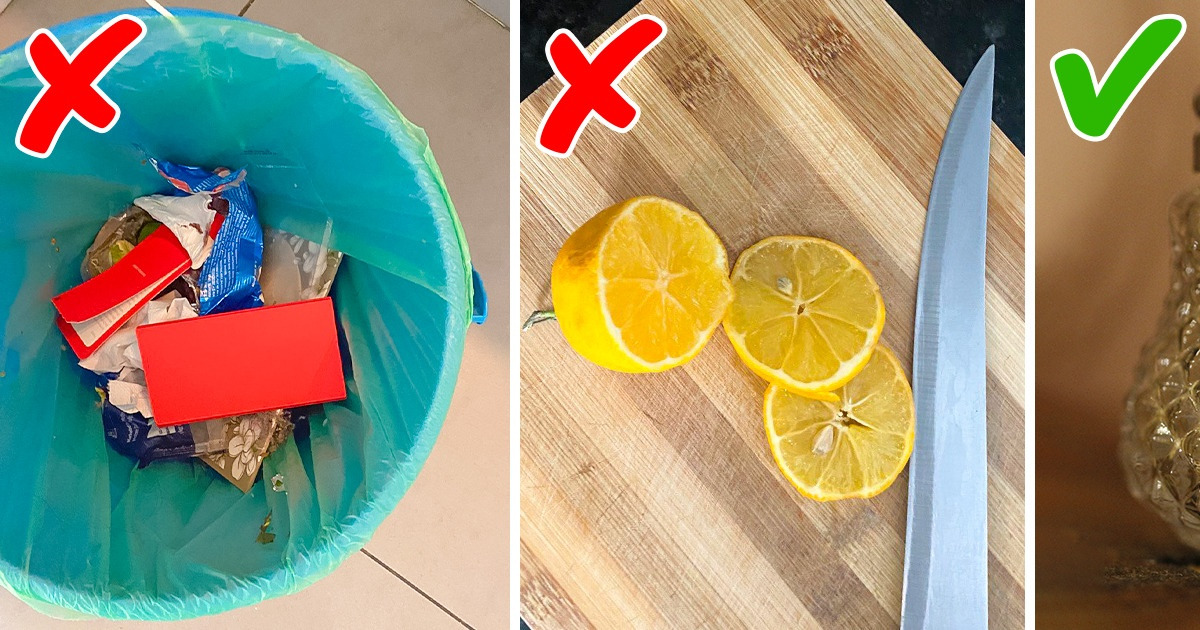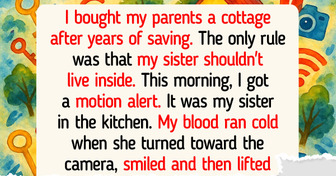18 ridiculous cats who don’t understand the meaning of personal space


The kitchen is an essential area in the home where food is prepared and consumed. Therefore, it’s crucial to keep it clean at all times. This includes regularly cleaning surfaces, utensils, and appliances and adequately storing food to prevent the growth of bacteria.
But do we know what spots require extra attention while cleaning? In this article, you will learn about recent studies that shed light on this.
The kitchen is a breeding ground for bacteria, with common culprits being the kitchen sponge and dirty dishes left in the sink. However, new research has revealed that the most germ-infested spot in the kitchen is not as obvious: the spice jar. A study by the U.S. Department of Agriculture published in the Journal of Food Protection found that spice jars have a higher risk of cross-contamination during meal preparation.
The study found that when subjects handled the turkey patties and then grabbed other kitchen items, the positivity rate for cross-contamination was 20% or lower. However, the positivity rate shot up to 48% for the spice containers. This indicates that spice jars are a significant risk for cross-contamination during meal preparation.
It’s important to take extra precautions, such as washing your hands and disinfecting any surface that comes into contact with raw meat or contaminated hands. Professor Donald Schaffner, the study’s lead author, advises that people should be aware of the potential for cross-contamination when handling spice containers during or after meal preparation, in addition to more apparent surfaces, like cutting boards, garbage can lids, and refrigerator handles.
Of course, this study doesn’t mean you should throw away your spice containers. The U.S. Food and Drug Administration (FDA) recommends a 4-step food handling strategy to prevent cross-contamination and foodborne illnesses: clean the hands and surfaces, separate raw foods from other foods, cook ingredients to the appropriate temperature, and refrigerate food within 2 hours of cooking.
Following these steps and being mindful of the potential for cross-contamination when handling spice containers during or after meal preparation can help keep your kitchen safe and hygienic. So, for now, you are at least aware of the potential risk of cross-contamination to prevent any foodborne illnesses.
Do you wash your hands after dealing with raw food? Were you already aware of this fact?











